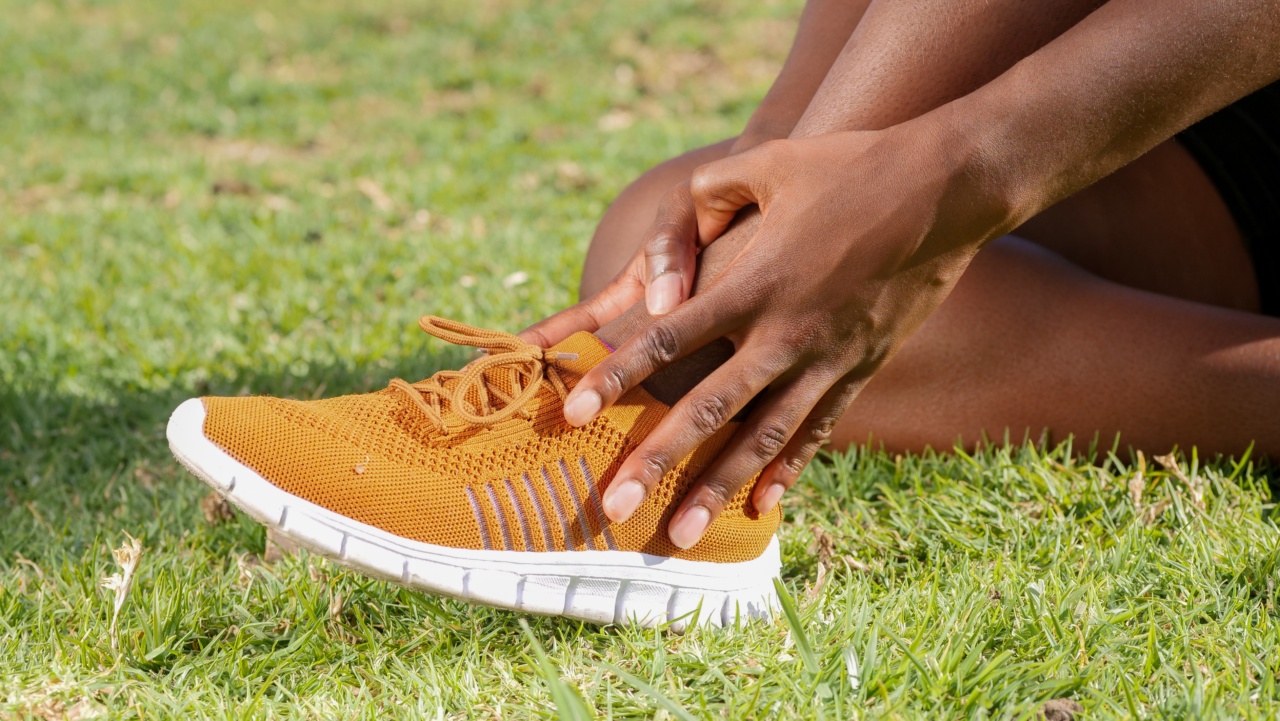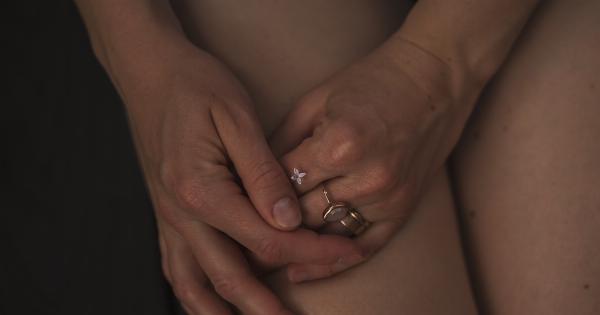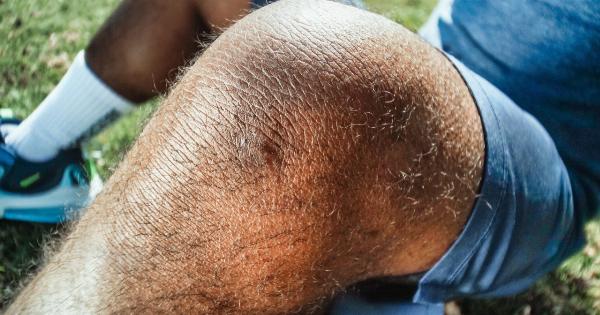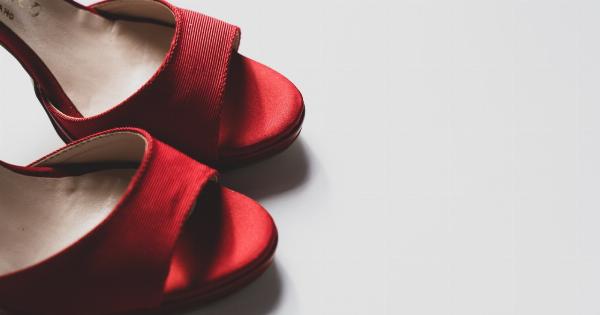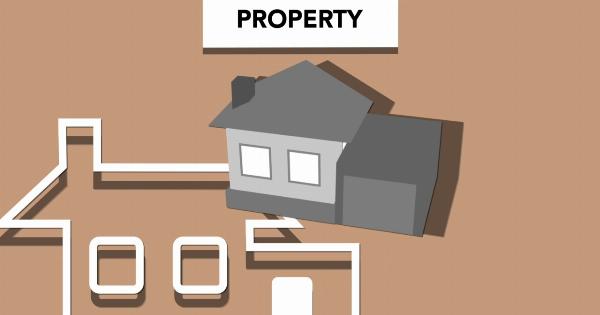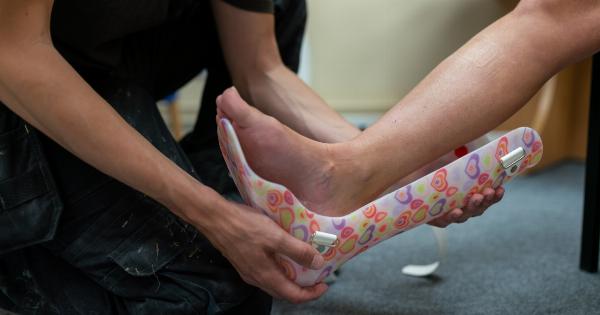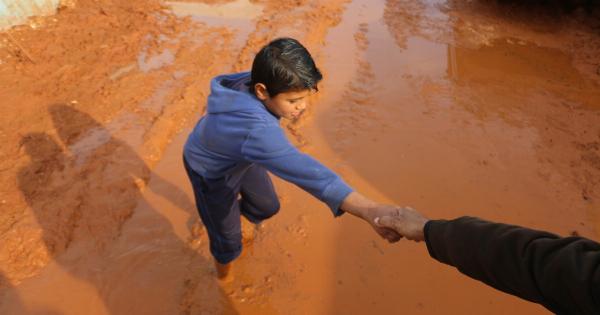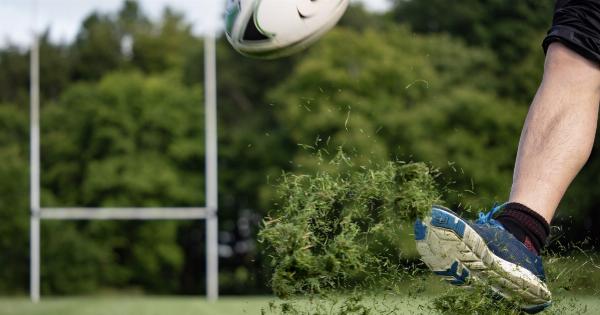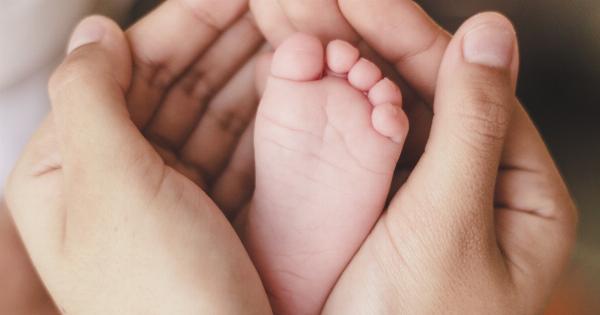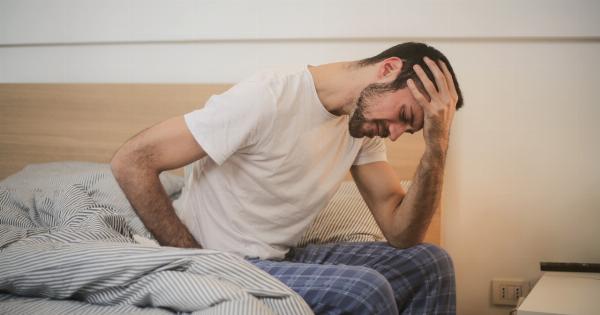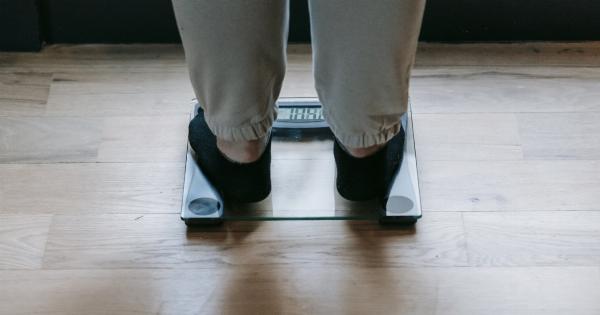As parents, we want our children to be healthy and happy. We take them to the doctor for regular check-ups, make sure they eat nutritious meals, and encourage them to participate in physical activities.
However, one area that often gets overlooked is the health of their feet. Just like adults, children can experience foot pain and discomfort for various reasons. In this article, we will explore some common causes of foot pain in children and how you can help alleviate their discomfort.
1. Foot Growth and Development
Children’s feet undergo rapid growth and development in the first few years of life. During this time, it is not uncommon for them to experience aches and pains in their feet.
The bones, muscles, ligaments, and tendons in their feet are not fully developed, making them more susceptible to injuries and discomfort. As parents, it is important to provide adequate support and protection for their growing feet.
2. Ill-fitting Shoes
One of the leading causes of foot pain in children is wearing ill-fitting shoes. Shoes that are too small, too big, or lack proper support can lead to a variety of foot problems such as blisters, corns, calluses, and ingrown toenails.
It is essential to measure your child’s feet regularly and ensure they are wearing the correct shoe size. Additionally, choosing shoes that provide proper arch support and cushioning can significantly reduce foot pain.
3. Overuse and Sports Injuries
Children are full of energy and love to run, jump, and play sports. However, repetitive activities and overuse can put excessive strain on their feet, leading to injuries such as shin splints, stress fractures, and Achilles tendonitis.
It is crucial to encourage your child to take regular breaks, warm-up before physical activities, and wear appropriate athletic footwear. If your child complains of persistent foot pain, it is advisable to consult a healthcare professional.
4. Flat Feet
Flat feet, also known as pes planus, is a common condition where the arches of the feet are collapsed or nonexistent.
While most children with flat feet do not experience any pain or discomfort, some may develop foot pain due to improper foot alignment and overpronation. If your child complains of foot pain or their gait seems abnormal, it is recommended to visit a podiatrist who can assess their condition and provide necessary interventions.
5. Ingrown Toenails
Ingrown toenails occur when the corners or sides of the nails grow into the surrounding skin. This condition can be extremely painful and is often caused by improper nail trimming or wearing tight shoes.
If your child complains of persistent toe pain or you notice redness, swelling, or pus around their toenail, it is essential to seek medical attention. A podiatrist can help remove the ingrown nail and provide guidance on proper nail care.
6. Plantar Warts
Plantar warts are small growths on the soles of the feet caused by a viral infection. They can be painful, especially when walking or standing.
Plantar warts are commonly contracted in public places such as swimming pools or locker rooms where the virus thrives. If your child has a suspicious growth on their foot, it is advisable to consult a healthcare professional. They can provide appropriate treatment options, including cryotherapy or laser therapy.
7. Sever’s Disease
Sever’s disease, also known as calcaneal apophysitis, is a common cause of heel pain in children. It occurs when the growth plate in the heel becomes inflamed due to repetitive stress or tension.
Sever’s disease is more prevalent in physically active children, especially those involved in running and jumping sports. The pain is usually localized to the back or bottom of the heel and worsens with activity. Rest, ice, stretching exercises, and heel pads are often recommended for managing Sever’s disease.
8. Inherited Conditions
Sometimes, foot pain in children can be attributed to inherited conditions such as bunions, hammertoes, or neuromuscular disorders. These conditions may cause pain, discomfort, and foot deformities.
If you have a family history of foot problems or notice any abnormal foot structure in your child, it is advisable to consult a podiatrist who can provide a proper diagnosis and appropriate treatment options.
9. Growing Pains
Many children experience growing pains, which are usually felt in the legs but can also manifest in the feet. Growing pains are typically described as aching or throbbing sensations that occur primarily at night or after physical activity.
While the exact cause of growing pains is unknown, they are considered harmless and tend to resolve on their own. However, if your child’s foot pain persists or worsens, it is essential to seek medical advice.
10. Injury or Trauma
Accidents happen, and sometimes children injure their feet due to falls, collisions, or other forms of trauma. It is crucial to assess the severity of the injury and provide immediate first aid if necessary.
If your child is unable to bear weight on their foot, experiences significant swelling or deformity, or if you suspect a fracture, seek medical attention immediately. Prompt treatment can prevent long-term complications and promote faster healing.
Overall, foot pain in children should not be ignored or dismissed as a normal part of growing up. It is important to listen to your child’s complaints and observe their gait and foot structure.
While some foot pain may be temporary and self-resolving, persistent or severe pain may require professional evaluation and intervention. By taking proactive measures and addressing foot pain in a timely manner, you can ensure your child’s overall comfort and well-being.
